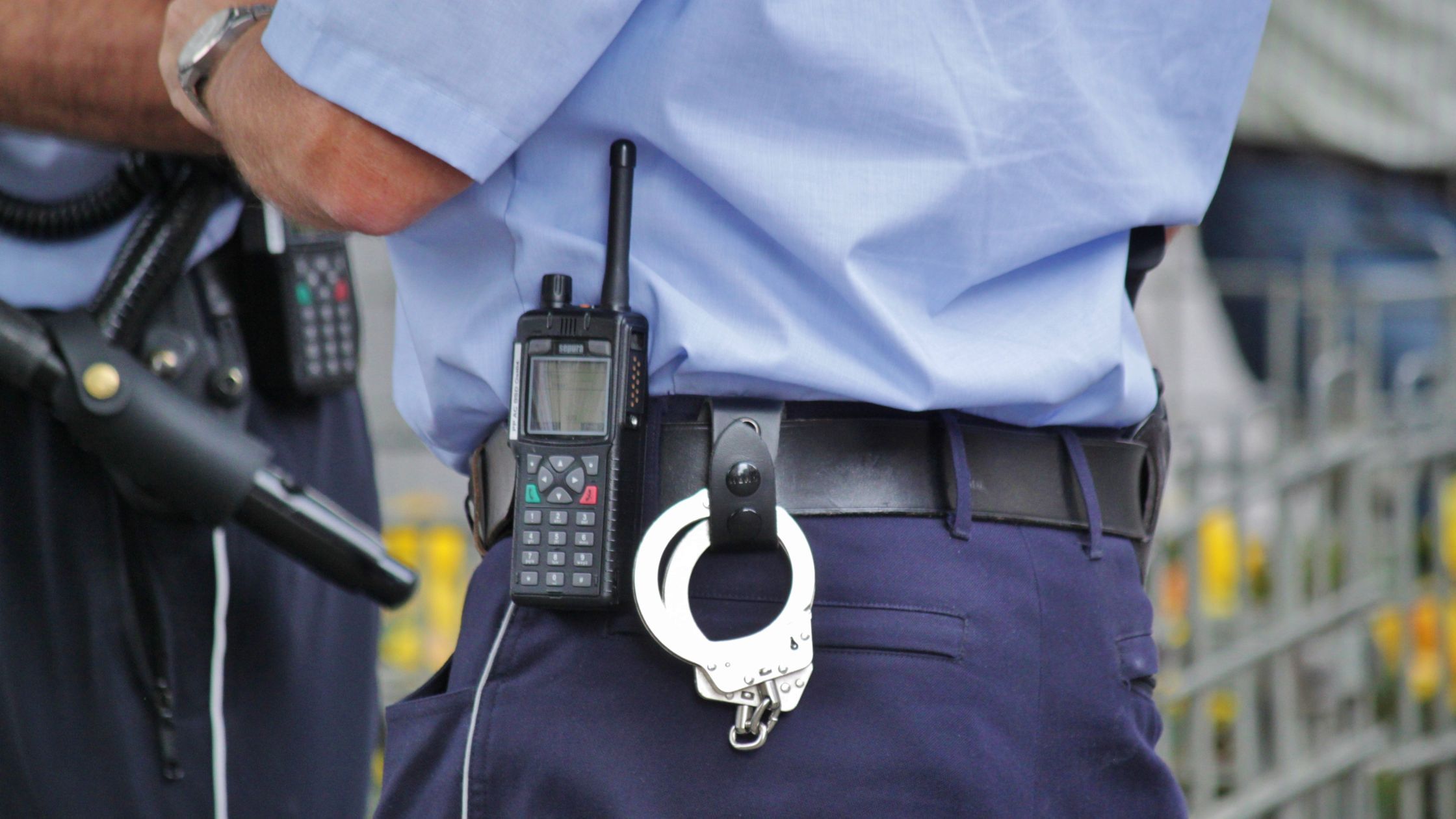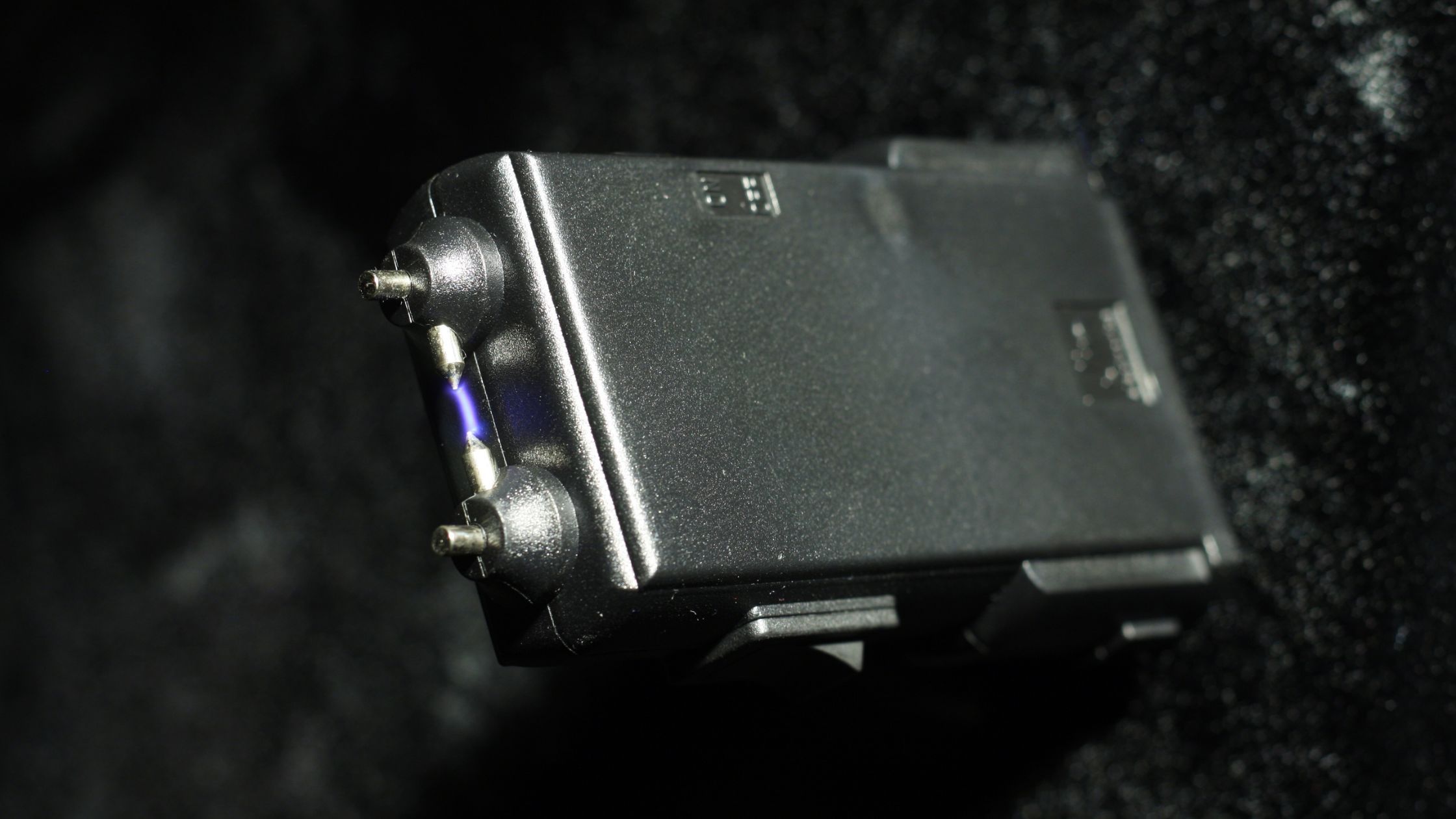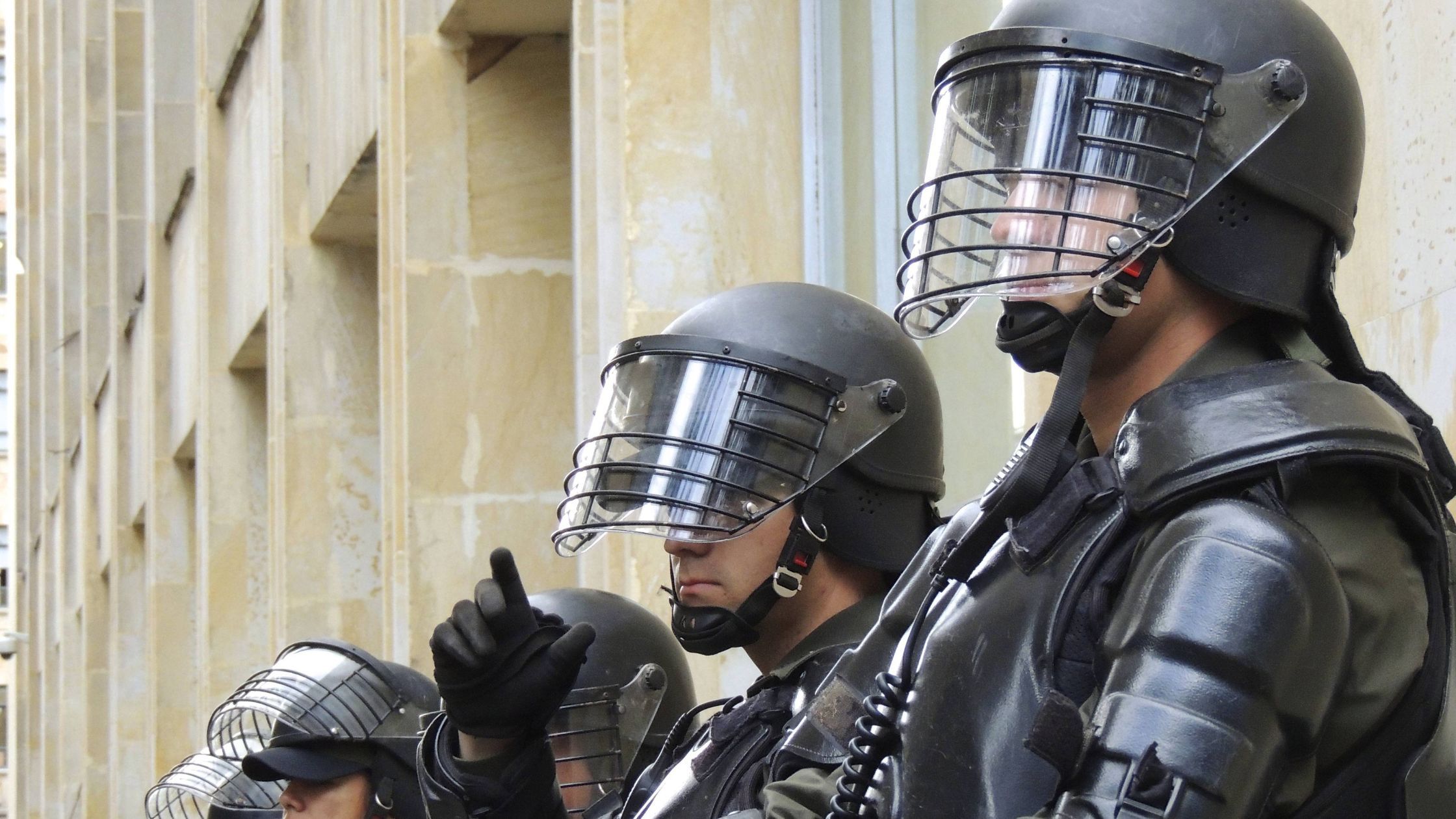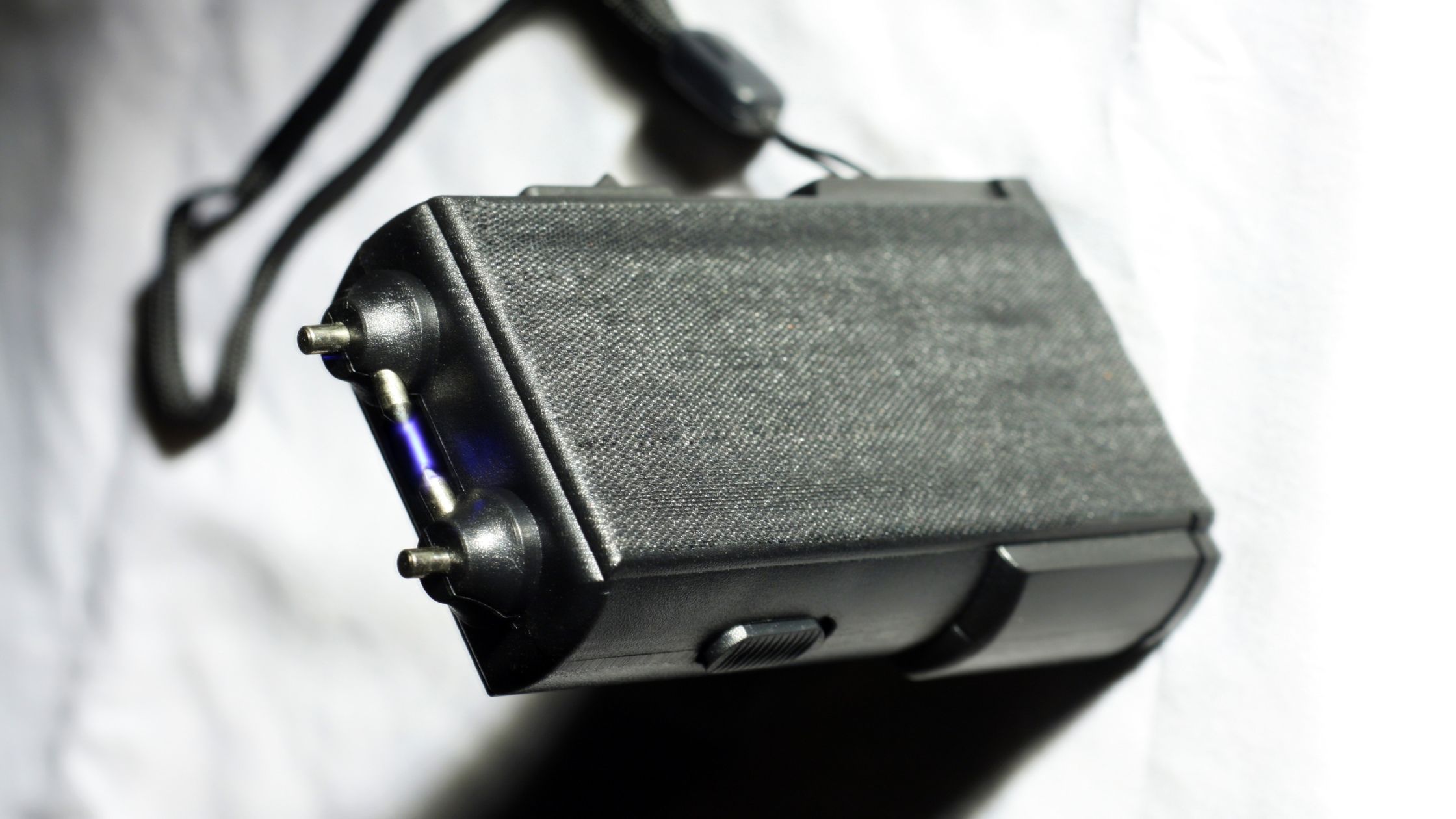On 27 March 2025, the Court of Appeal convened to hear the case of Carter v Chief Constable of Essex Police, a pivotal matter concerning the interpretation of Section 54(4) of the Police and Criminal Evidence Act 1984 (PACE). This provision addresses the authority of custody officers to remove a detainee's clothing under specific circumstances. The appellant, represented by Maya Sikand KC and Daniel Wand, sought to overturn the High Court's decision and reinstate the original ruling from the County Court.
Background of the Case
The incident in question occurred on 14 December 2017, when Mr. Carter was arrested following allegations of assault by two women in a pub. Upon arrival at Southend-on-Sea police station, he exhibited uncooperative and aggressive behaviour, including shouting, refusing to cooperate with the risk assessment process, and physically assaulting an officer by biting. In response, the custody officer ordered the removal of Mr. Carter's clothing to prevent potential self-harm or harm to others. This led to Mr. Carter being restrained, stripped naked, and having his clothing, including a feather-filled jacket, cut off—a process during which the feathers reportedly impeded his breathing.
Legal Proceedings and Interpretations
In 2020, Mr. Carter initiated a civil claim for battery against Essex Police, challenging the lawfulness of the force used during his detention. The County Court, presided over by Recorder Dagnall, found that while some uses of force were lawful, the forcible removal of Mr. Carter's clothing was not justified. The court interpreted Section 54(4)(a) of PACE as requiring custody officers to have objectively reasonable grounds for believing that a detainee might use their clothing to cause harm.
Essex Police appealed this decision to the High Court, which overturned the County Court's ruling. Mr. Justice Martin Spencer held that Section 54(4)(a) sets a low threshold, necessitating only an actual and honest belief by the custody officer, without the requirement for this belief to be objectively reasonable. The rationale was that quick decisions are often essential in custody settings to prevent potential harm, and imposing a reasonableness requirement could hinder effective action.
Appeal to the Court of Appeal
Dissatisfied with the High Court's interpretation, Mr. Carter appealed to the Court of Appeal. The appellate court was tasked with determining whether Section 54(4) of PACE necessitates objectively reasonable grounds for a custody officer's belief that a detainee's clothing might be used for self-harm or harm to others before authorizing its removal. The judgment from this hearing was reserved and is pending.
Implications
The Court of Appeal's forthcoming decision is anticipated to provide crucial clarification on the scope of custody officers' powers under PACE, particularly regarding the balance between ensuring detainee safety and upholding individual rights. Legal professionals and law enforcement agencies are closely monitoring the case, as its outcome will have significant implications for the conduct of custody procedures and the interpretation of statutory powers.
Further Information
For those interested in a more detailed examination of the case and its broader legal context, the full hearing is available for viewing on the Court of Appeal's YouTube channel.





























